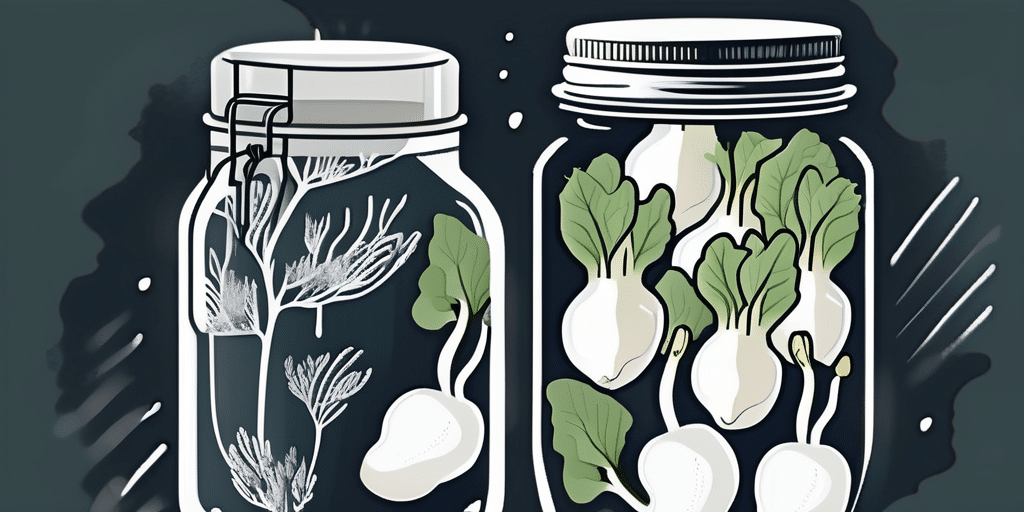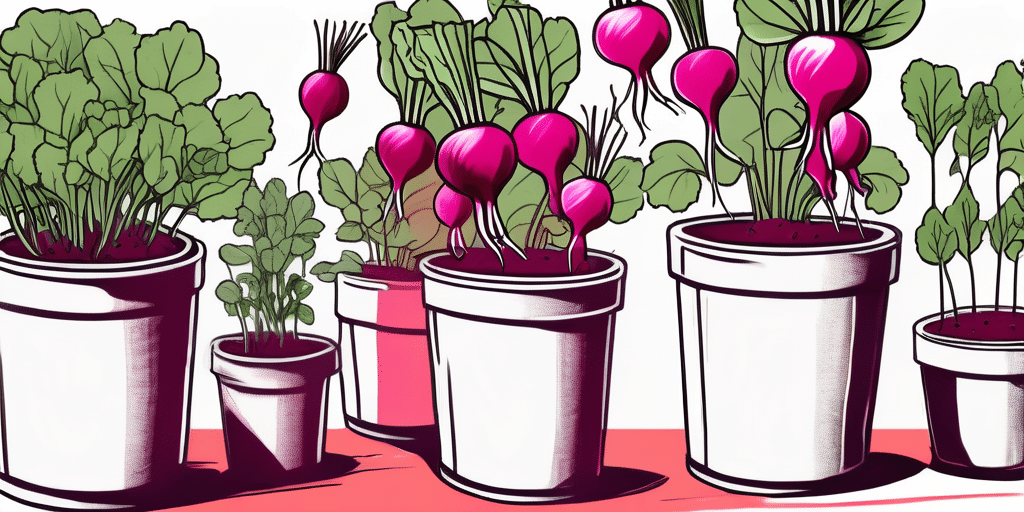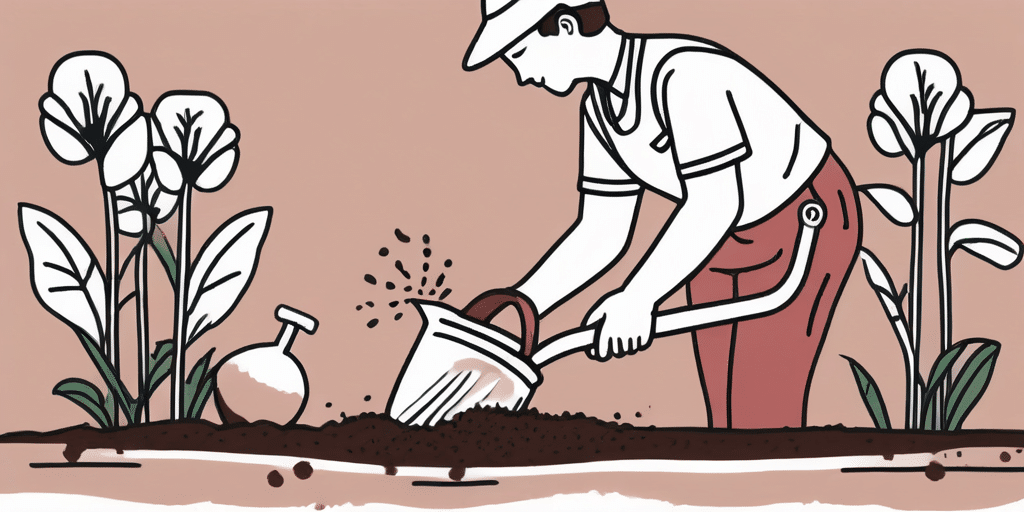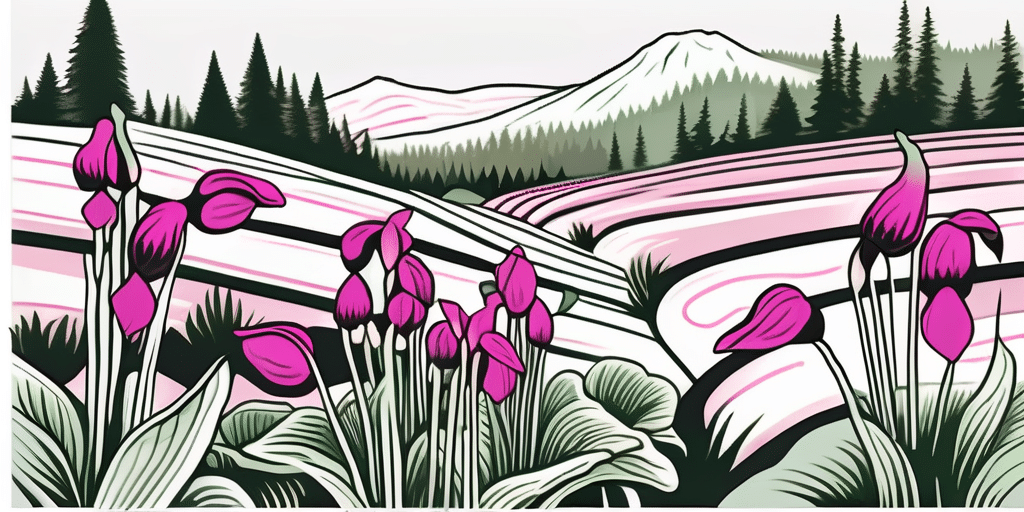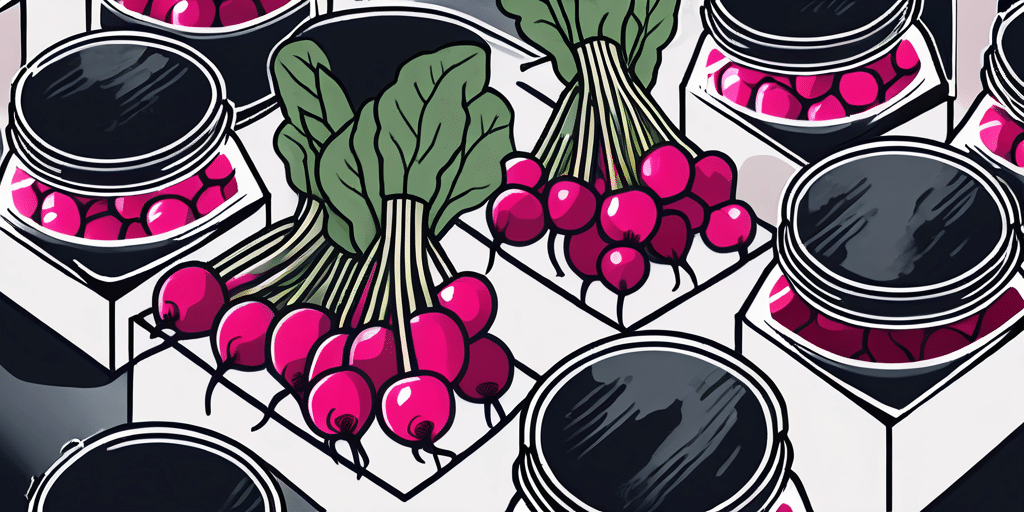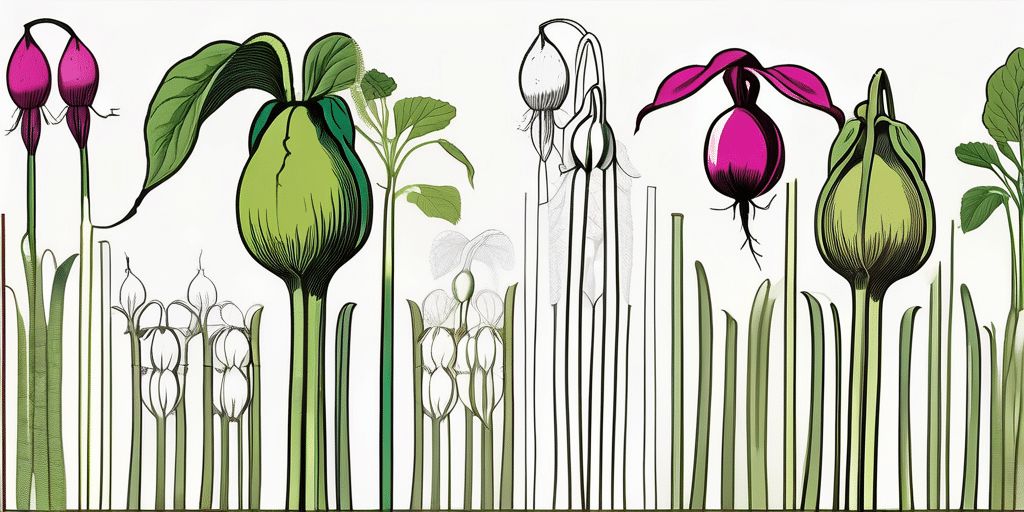Radishes are a delightful addition to any garden. They’re easy to grow, quick to harvest, and the sparkler variety is particularly charming with its bright red and white coloring. However, like all plants, they have specific watering needs that must be met to ensure a healthy and bountiful crop. In this guide, we’ll explore the best practices for watering sparkler radishes, backed by expert advice and scientific research.
Understanding Sparkler Radishes
Before we delve into the specifics of watering, it’s important to understand what makes sparkler radishes unique. Named for their round shape and bright, sparkler-like coloration, these radishes are a biennial plant, typically grown as an annual. They’re known for their crisp texture and mildly spicy flavor.
Sparkler radishes are a cool-season crop, which means they prefer cooler temperatures and can even tolerate light frost. They’re also fast growers, with a typical harvest time of just 22-28 days after planting. This rapid growth rate means they have a high demand for water, especially during dry spells.
Soil Requirements
Like most radishes, sparklers prefer well-drained soil rich in organic matter. They do best in loamy or sandy soils with a pH between 6.0 and 7.0. Poorly drained, clayey soils can lead to stunted growth and malformed roots.
According to the Alabama Cooperative Extension System, adding compost or well-rotted manure to your soil before planting can improve its structure and water-holding capacity, both of which are beneficial for radish growth.
Watering Basics
Now that we understand the basic needs of sparkler radishes, let’s discuss how to water them properly. The goal is to keep the soil consistently moist but not waterlogged, as too much water can lead to root rot and other diseases.
It’s also important to water deeply, encouraging the radishes to develop deep root systems. This not only makes them more drought-tolerant but also helps them grow larger and more flavorful.
How Often to Water
The frequency of watering will depend on your soil type and the weather. Sandy soils drain quickly and may require watering every day or every other day, while loamy soils may only need watering once or twice a week.
In hot, dry weather, you may need to water more frequently to prevent the soil from drying out. Conversely, in cool, wet weather, you may need to water less often. The key is to monitor the soil moisture levels and adjust your watering schedule as needed.
How Much to Water
When watering, aim to moisten the soil to a depth of at least 6 inches. This encourages the radishes to develop deep root systems and helps prevent the soil surface from drying out too quickly.
According to the University of Minnesota Extension, a good rule of thumb is to provide 1 to 1.5 inches of water per week, either through rainfall or irrigation. This should be adjusted based on the weather and soil conditions.
Watering Techniques
There are several techniques you can use to water your radishes, each with its own advantages and disadvantages. The best method will depend on your garden size, soil type, and personal preference.
Drip Irrigation
Drip irrigation is a highly efficient watering method that delivers water directly to the plant’s roots. It minimizes water waste, reduces the risk of disease by keeping the foliage dry, and allows for precise control over the amount of water delivered.
The USDA recommends drip irrigation for vegetable gardens, as it can save water and improve plant health. However, it can be more expensive and time-consuming to set up than other methods.
Hand Watering
Hand watering with a hose or watering can is a simple and inexpensive method that allows for direct control over the amount and location of water. However, it can be time-consuming for large gardens and may not provide as even or deep watering as other methods.
When hand watering, be sure to water slowly and deeply, and try to avoid wetting the foliage to reduce the risk of disease.
Soaker Hoses
Soaker hoses are a type of drip irrigation system that can be easier and cheaper to set up. They deliver water slowly and evenly along their length, providing deep watering and minimizing water waste.
However, they can be less precise than other drip irrigation systems, and may not be suitable for large or irregularly shaped gardens.
Common Watering Mistakes
Even with the best intentions, it’s easy to make mistakes when watering your radishes. Here are a few common pitfalls to avoid.
Overwatering
While radishes need consistent moisture, too much water can be just as harmful as too little. Overwatering can lead to waterlogged soil, root rot, and other diseases. If the leaves of your radishes are yellowing or wilting despite plenty of water, you may be overwatering.
Underwatering
Underwatering can lead to dry, tough radishes with a strong, pungent flavor. It can also stress the plants, making them more susceptible to pests and diseases. If your radishes are small, hard, or overly spicy, you may not be watering enough.
Inconsistent Watering
Radishes need consistent moisture for best growth. Inconsistent watering, such as letting the soil dry out completely between waterings, can lead to cracked or split radishes. Try to keep the soil evenly moist, but not waterlogged, for the best results.
Conclusion
Watering is a crucial part of growing healthy, flavorful sparkler radishes. By understanding their needs, monitoring your soil and weather conditions, and using the right watering techniques, you can ensure a bountiful harvest.
Remember, the key is to keep the soil consistently moist but not waterlogged, water deeply to encourage deep root growth, and adjust your watering schedule as needed based on the weather and soil conditions. Happy gardening!
Join Our Gardening Community
Ready to take your gardening skills to the next level? Subscribe for free to How to Grow Everything and learn how to build the garden of your dreams! Receive personalized gardening advice tailored to your location, grow zone, and experience level. Enjoy the best gardening tips, special offers, and deals delivered straight to your inbox—100% free, from our family to yours. Don’t miss out on our extensive library of free growing and gardening articles. Become a part of our growing community today!

